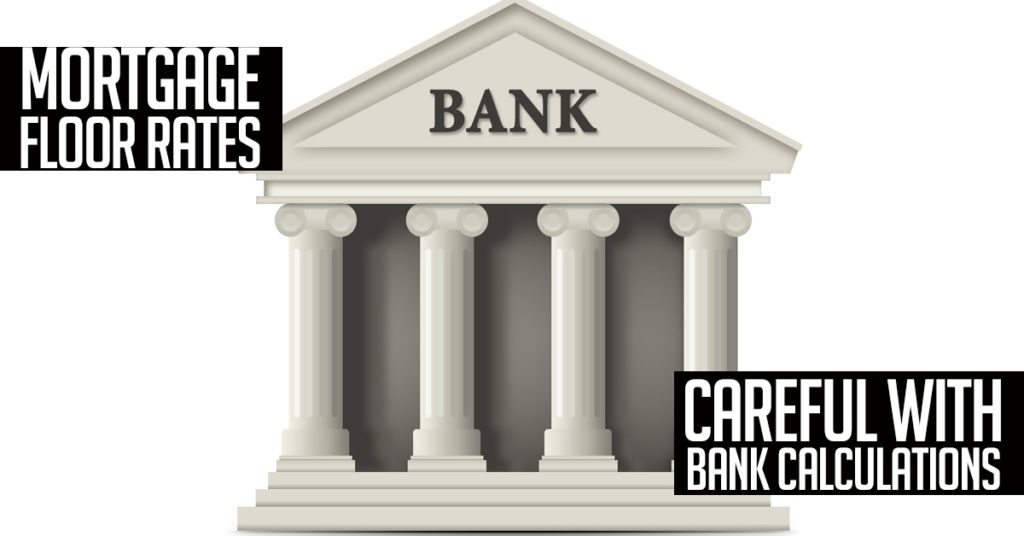BORROWERS ARE successfully winning back money from banks after wrongfully being charged a mortgage floor rate but they must still be wary.
Clients are being warned to be careful with the lender’s calculations of interest after the floor rates were ruled illegal under Law 1/2017.
As we have report our clients, it is really difficult for the bank to fight in court the legality of the mortgage floor clause, the only real possible legal defence for the financial entities is to try to prove that the borrower is not a consumer or that the bank explained in detail of the potential risk, and the economic, legal and financial implications. And lawyer Carlos Baos admits: “I have never seen it”.
Also the judgement from the Supreme Court of Spain, mainly after the European Court of Justice (ECJ) court order of 21 December 2016 (EDJ 2016/226005), makes a defence even more difficult.
But consumers affected by the mortgage floor clause, still must be careful with some new issues:
RDL (Law) 1/2017: Under the name and appearance of a Law for the protection of the consumers affected by the mortgage floor clause, this RDL 1/2017 was approved, and it establishes a kind of out of court negotiation process, which only protects the banks as it gives them an extra four months before consumers can claim against them.
And it does not force the banks to make an offer and does not say how the calculations must be made, nor does it monitor the process by any authority.
Its only aim is really to make consumers to go to the bank and allow the banks to make an offer regarding overpayments and come to an agreement without the control of the court and lawyers – which risks the banks not paying all of what the consumers are entitled to.
The money offered by the banks to the consumers is always wrong. On all the court cases and negotiation we have dealt with, the banks have never calculated properly their liability.
They normally only show a table where the interest paid appears and the interest that should have been paid, and they offer to reimburse the difference.
This is not the real obligation, the bank must make a new mortgage table (cuadro de amortizacion), showing what should be the monthly payments each month, and how much of it would be for capital and how much for interest.
It would appear that the bank not only must repay overpaid interest and reduce the capital accordingly.
We know what the banks have done up to now, and we advise all people affected not to come into an agreement with the bank without review the figures offered by them with a professional, or risk losing that you are entitled to.
Contact us, we are experts, and we will help you.
The information provided in this article is not intended to be legal advice, but merely conveys general information related to legal issues.
Carlos Baos (Lawyer)
White & Baos
Tel:+34 966 426 185
E-mail: info@white-baos.com
White & Baos 2017 – All rights reserved
